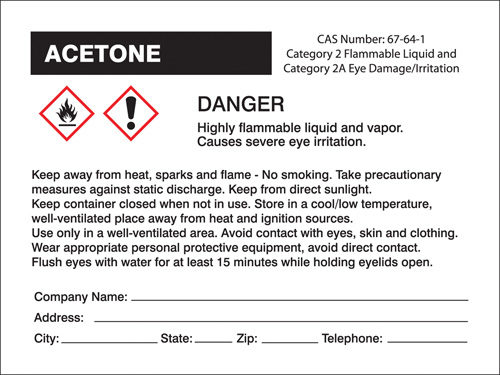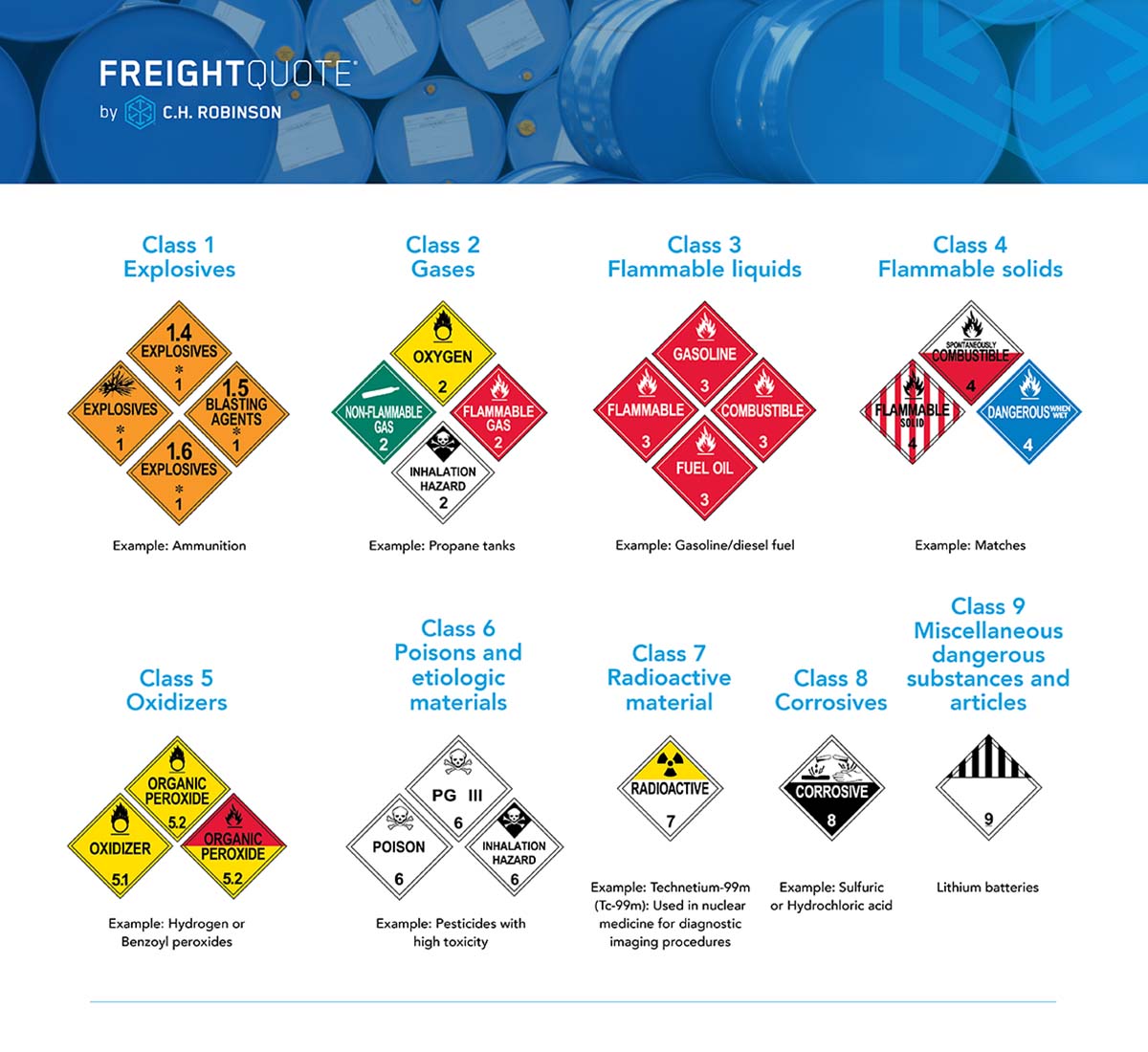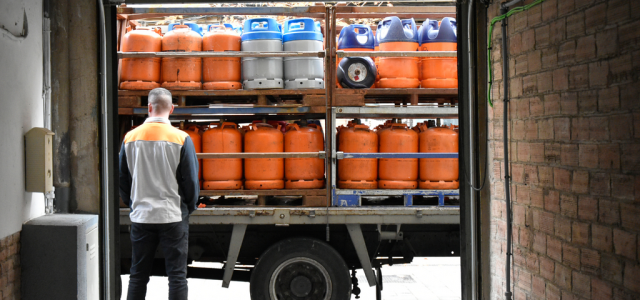In the world of safety, it is important to categorize different substances and materials based on their properties. This classification helps us understand the potential hazards associated with these substances and take appropriate safety measures. Flammable liquids are one such group of materials that pose certain risks due to their combustible nature.

Credit: www.safetyandhealthmagazine.com
Understanding Flammable Liquids
Flammable liquids are substances that have a low flash point and can easily catch fire when exposed to an ignition source. Flash point refers to the lowest temperature at which a liquid produces enough flammable vapor to ignite in the presence of an open flame or spark.
These liquids can vary in terms of their chemical properties and flammability. To ensure better safety, different classes have been defined to categorize flammable liquids based on their volatility and flash points.
Classifying Flammable Liquids
Flammable liquids are usually classified into different classes or categories based on their flash points. Here are the four main classes generally used for classification:
| Class | Flash Point Range |
|---|---|
| Class IA | Below 73 degrees Fahrenheit |
| Class IB | Below 73 degrees Fahrenheit and a boiling point below 100 degrees Fahrenheit |
| Class IC | Below 73 degrees Fahrenheit and a boiling point at or above 100 degrees Fahrenheit |
| Class II | A flash point between 73 and 100 degrees Fahrenheit |
It is crucial to properly identify the class of flammable liquids as it determines the level of risk associated with their storage, handling, and transportation.
Precautions for Handling Flammable Liquids
When dealing with flammable liquids, it is essential to take necessary precautions to prevent accidents and minimize the potential for fires. Here are a few important safety measures to keep in mind:
- Store flammable liquids in designated containers that meet safety standards. Ensure proper labeling of containers.
- Keep flammable liquids away from ignition sources, such as open flames, sparks, and hot surfaces.
- Always handle flammable liquids in well-ventilated areas. Avoid handling them near confined spaces or areas with inadequate ventilation.
- Use appropriate protective equipment, such as gloves, goggles, and fire-resistant clothing, when handling flammable liquids.
- Implement spill control measures to contain any accidental release of flammable liquids. Have spill kits readily available.
- Follow proper disposal procedures for waste flammable liquids. Never dispose of them in regular trash containers or drains.
- Ensure proper training and awareness among individuals handling flammable liquids. Everyone should be familiar with emergency response procedures.
- In case of a fire involving flammable liquids, use appropriate fire extinguishing agents specifically designed for Class B fires.
By following these precautions, you can significantly reduce the risks associated with flammable liquids and minimize potential incidents in your workplace or living environment.
Examples of Flammable Liquids
Flammable liquids encompass a wide range of substances commonly used in various industries and daily life. Some common examples of flammable liquids include:
- Gasoline
- Acetone
- Ethanol
- Lacquer thinners
- Solvents
- Alcohols
- Kerosene
- Petroleum ether
It is important to note that the flammability of these liquids can vary, and their classification into specific classes depends on their flash points and boiling points.

Credit: www.freightquote.com
Frequently Asked Questions For What Class Is Flammable Liquids: Uncovering The Hazards And Safety Measures
What Class Are Flammable Liquids In?
Flammable liquids are classified as Class 3 hazardous substances due to their ability to ignite and fuel fires.
How Do Flammable Liquids Ignite?
Flammable liquids ignite when exposed to a spark, heat source, or open flame, causing them to release vapors that ignite.
What Are Some Examples Of Flammable Liquids?
Some common examples of flammable liquids include gasoline, alcohol, paint thinner, and certain cleaning solvents.
How Should Flammable Liquids Be Stored?
Flammable liquids should be stored in approved containers or cabinets that are tightly sealed and located away from ignition sources such as flames, sparks, and heat.
Conclusion
Flammable liquids are substances that possess the potential to ignite and burn easily when exposed to an ignition source. To ensure safety, these liquids are classified into different classes based on their flash points. It is essential to follow appropriate precautions when handling, storing, and transporting flammable liquids to reduce the risks of fires and accidents. By staying informed and implementing proper safety measures, we can mitigate the hazards associated with flammable liquids and promote a safer environment.

